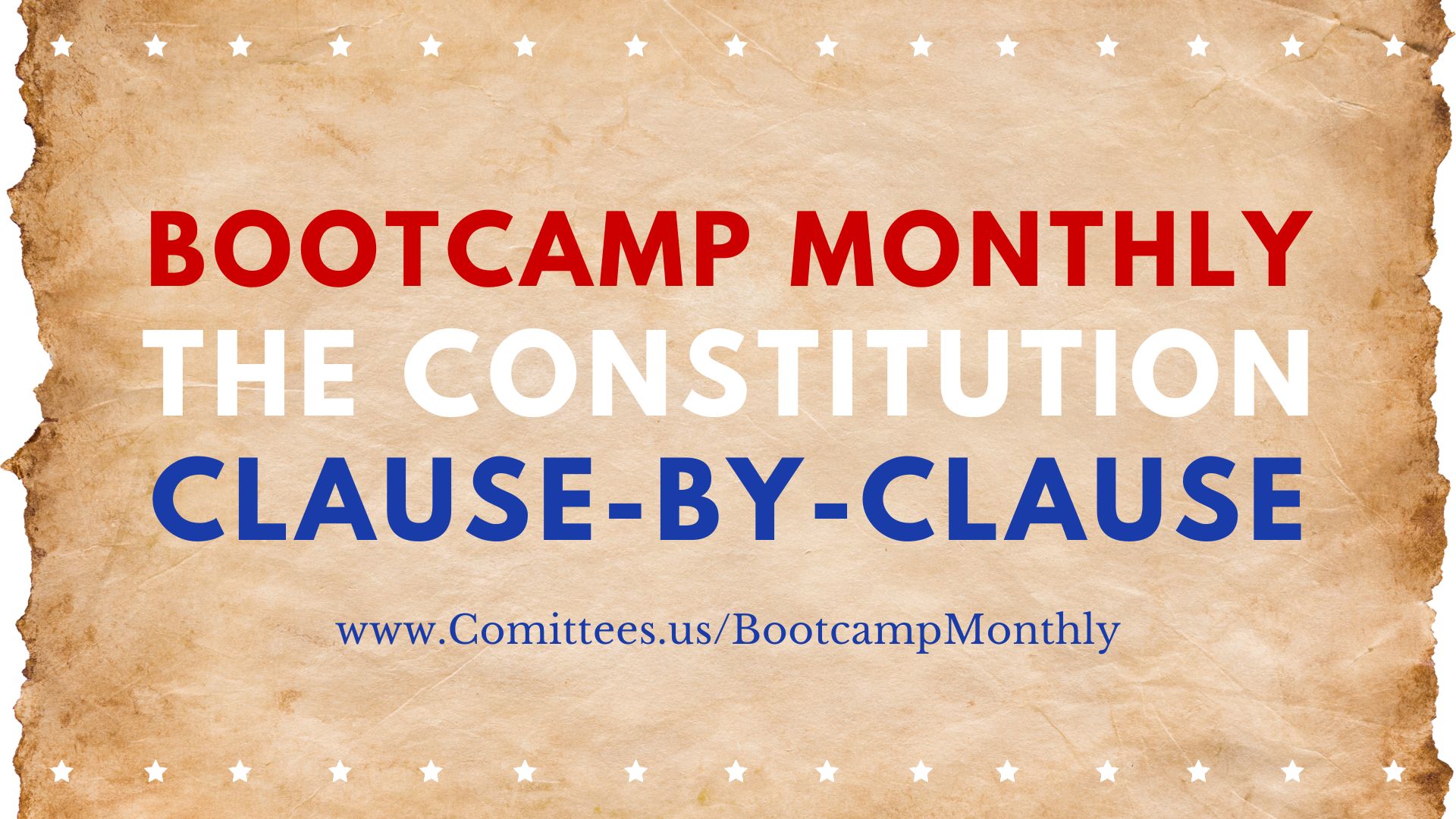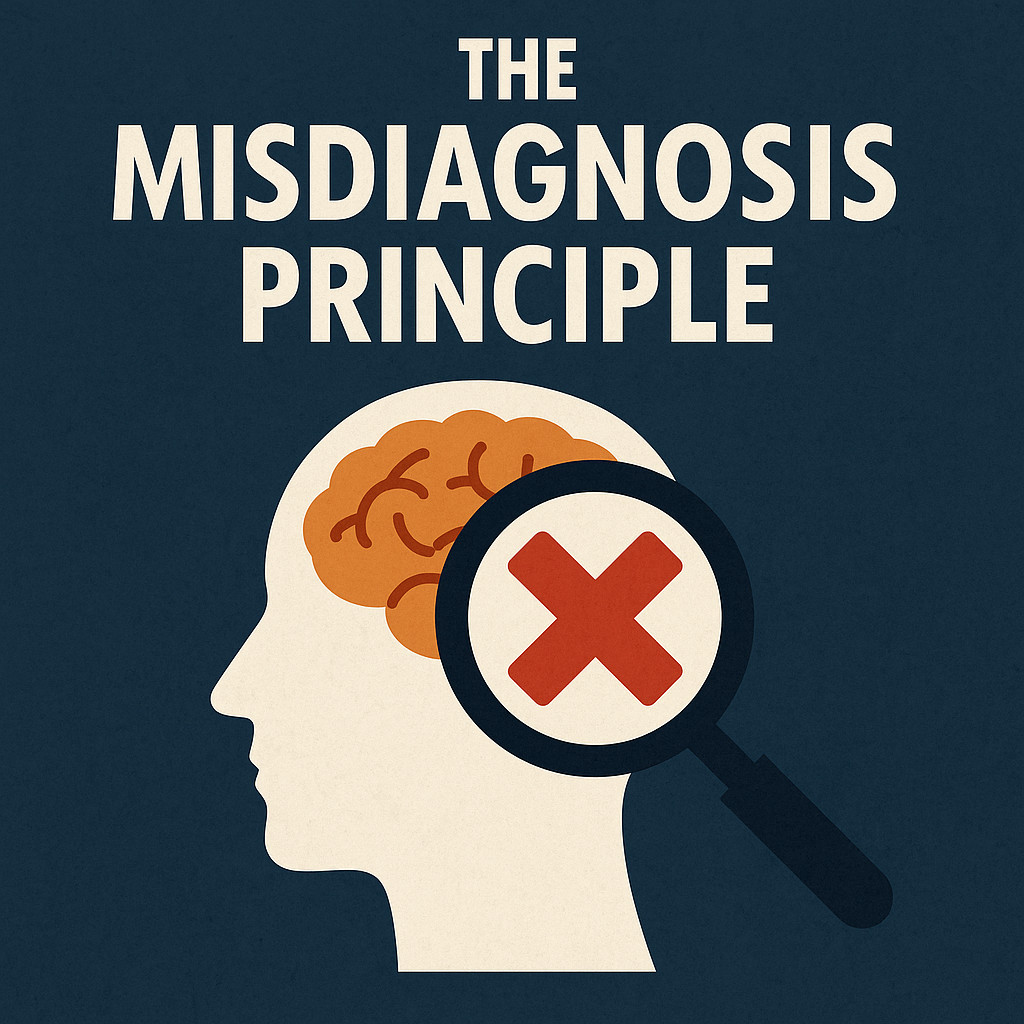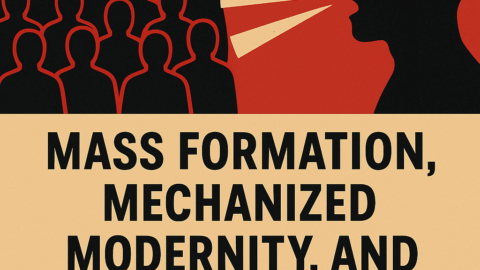There’s some statements we will touch on with profound philosophical ideas about good and evil, drawing from thinkers like Hegel, Nietzsche, and Miyazaki.
Let’s break it down step by step.
Key Quotes and Their Meaning:
“He is evil, who believes that he is absolutely good.”
- This quote is attributed to the philosopher Georg Wilhelm Friedrich Hegel. It suggests that the most dangerous kind of evil is committed by those who are convinced they are purely righteous.
- Such a mindset blinds individuals or groups to their own flaws and justifies harmful actions in the name of a supposed absolute good.
- History provides numerous examples where leaders or movements, believing themselves morally superior, committed atrocities.
“When you fight monsters, you have to be careful lest you become a monster yourself.” — Friedrich Nietzsche
- This famous line from Nietzsche’s Beyond Good and Evil warns against losing one’s moral compass while combating evil.
- The risk lies in adopting ruthless or unethical methods to defeat perceived evil, thereby transforming oneself into what one initially opposed.
- It speaks to the paradox of fighting evil without becoming evil oneself.
“Evil is simply the good which believes itself to be absolutely good.”
- This statement synthesizes Hegel’s idea and Nietzsche’s warning. It implies that the most dangerous evil arises not from deliberate malice but from misguided certainty in one’s own righteousness.
- When individuals or institutions refuse to see their own moral complexity, they risk acting with unchecked self-righteousness that can lead to harmful or oppressive actions.
“We must come to see the good with an evil in as much as the evil within good.” — Hayao Miyazaki
- Miyazaki, the acclaimed Japanese filmmaker, emphasizes the importance of understanding that good and evil coexist within each person and action.
- This balanced perspective fosters humility and caution, recognizing that even noble intentions can have unintended negative consequences.
- Acknowledging this duality prevents one from becoming overly self-righteous or demonizing others.
Core Themes:
Self-Righteousness as a Form of Evil:
- The danger of believing oneself to be purely good lies in the lack of self-awareness and critical examination of one’s motives and actions.
- This mentality can justify violence, coercion, or authoritarianism, all in the name of doing “good.”
Humility and Self-Reflection:
- Recognizing one’s own capacity for wrongdoing is crucial to maintaining moral integrity.
- The acknowledgment that good and evil are intertwined keeps people grounded and cautious about their own judgments.
Moral Vigilance:
- One must constantly assess whether the methods used to combat evil are themselves becoming harmful or oppressive.
- Practicing critical thinking and self-awareness is essential to avoid falling into the trap of becoming the very thing one opposes.
“An old Cherokee told his grandson, ‘My son, there is a battle between two wolves inside us all. One is evil – it is anger, envy, greed, arrogance, resentment, lies, and ego. The other is good – it is joy, peace, love, humility, kindness, empathy, and truth.’
The grandson thought about it and asked, ‘Which wolf wins?’
The old Cherokee simply replied, ‘The one you feed.’”
How It Relates to Good and Evil in Philosophy:
The Battle Within
- Like the good and evil wolf, Hegel’s idea suggests that even the most “righteous” person has an internal struggle between self-awareness and self-righteousness.
- If someone feeds the belief that they are purely good, they suppress self-criticism, leading to the very evil they claim to fight against.
Nietzsche’s Warning (Becoming the Monster)
- Feeding the wrong wolf happens when someone, in their quest to destroy evil, adopts its methods—coercion, violence, suppression of dissent.
- The line between justice and tyranny, or morality and fanaticism, becomes blurred.
- History shows many revolutionaries who overthrew oppressive systems only to become oppressors themselves (e.g., French Revolution, Soviet Union).
Miyazaki’s Balance (Recognizing the Good and Evil Within Both Wolves)
- Instead of thinking of one wolf as purely good and the other as purely bad, Miyazaki’s view suggests that both wolves exist within everyone.
- The goal is not to destroy one but to understand and master both, so the destructive aspects of the “evil wolf” don’t take control.
- This aligns with Eastern philosophy (e.g., Yin and Yang), where balance and self-awareness are the key to wisdom.
The Takeaway:
- Feeding the good wolf doesn’t mean ignoring the bad wolf but recognizing it and not letting it dominate.
- True morality isn’t about believing you’re good, but constantly questioning if your actions align with your values.
- The people most convinced they are righteous can be the most dangerous because they never stop to ask, “Am I becoming the monster I am trying to defeat?”





